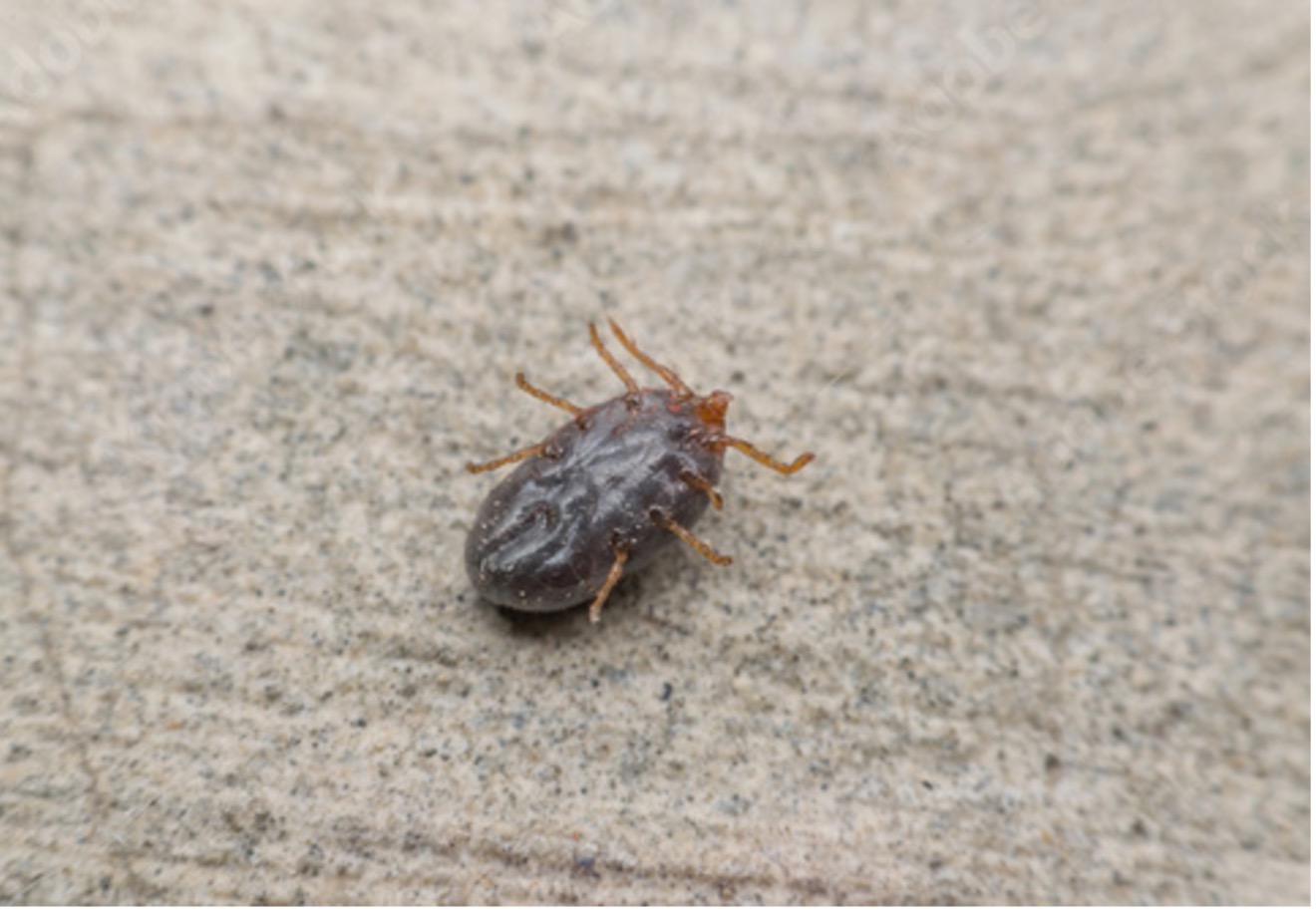A tick infestation in your home is an unpleasant experience to endure. Due to their reproductive capabilities and their hard carapaces, these parasites are difficult to eradicate. They also have the potential to pose health issues to your family and your pet.
In Egypt, the tick species which is most likely to infest your property is the Brown Dog Tick. These ticks come in different shapes, textures, sizes and colours – all of which change depending on the tick’s age and whether it has been fed a blood meal. It is easy to think that you have seen different varieties, when in fact, it is the same tick

The most likely way they find their way to your home is by hitching a ride on the family pet or on your clothes if you have been walking through tall grasses and bushes. House mice are also common carriers of ticks, fleas and mites. If you suspect that you have rodents in your property, make sure that you address this problem as your home may become re-infested with ticks even though you have thoroughly exterminated existing ones.
A single tick in your home, is not a sign of an infestation. Make sure you dispose of it properly. Do not crush it as this can expose you to potential disease pathogens. The easiest and safest methods to dispose of a tick is to smother it with a cotton that is saturated with alcohol and flush it down the toilet.
Check your pet for any ticks and provide them with the necessary treatment to kill and repel these.
Beyond addressing the welfare of your family pet, you want to make sure that it does not re-introduce ticks back into your home. Be aware that a well-fed female tick can lay as many as 5,000 eggs in 15 days. Being as small as poppy seeds, they will typically go unnoticed by home occupants until they have completed a full generation, by which time you will have a full-blown infestation.
Whether you found one tick or more in your home interior, you should exhaustively clean your home. The best method to do so is to meticulously vacuum your floors, carpets, drapes and all upholstered furniture. Make sure you carefully dispose of the vacuum bag immediately afterwards.
If you have a garden, you would be well advised to cut any tall decorative grass, mow your lawn, trim dense, overgrown bushes and remove dead leaves from the ground. Be aware that ticks grasp onto the top of tall grass, waiting for an unsuspecting host to latch onto.
If you find more ticks indoors, you may have an infestation. The first indication that you have a problem is when you find ticks crawling on your walls or curtains, in search of crevices and other hiding locations.
At this point, it is highly recommended that you contact a professional Pest Control company to treat the infestation both indoors and around hardscaped areas surrounding your house. Be aware that Pest Control companies that are licensed to operate in Egypt are not authorized to treat garden bugs. This requires the use of powerful agricultural chemicals, which your garden maintenance crew can provide. “The most effective products available and [authorized for use] in Egypt to control ticks outdoors are the organophosphates Malathion® 60% and Dursban® (chlorpyrifos) 40-48% – however, be aware that Dursban® and other Chlorpyrifos have been banned in all of North America as well as Europe over health concerns for humans and wildlife” Samer Neama, Entomologist, SOTAICO.
In summary, treating a brown dog tick infestation in your house can be difficult and requires a four-step process: treating your pet, treating your home interior and outdoor hardscape areas, treating your yard, and sanitizing your house by focusing on vacuuming. This process may take several treatments and may require several months to eradicate an infestation.
At SOTAICO, we have 50 years of experience dealing with pests in Egypt. If you have not been successful in exterminating an indoor tick infestation, we can be of help.
If you would like to receive our pest control blogs and Tips on WhatsApp, please send us a
WhatsApp message on + 20 122 230 8871 : state your name and write “Tips” in the message.


